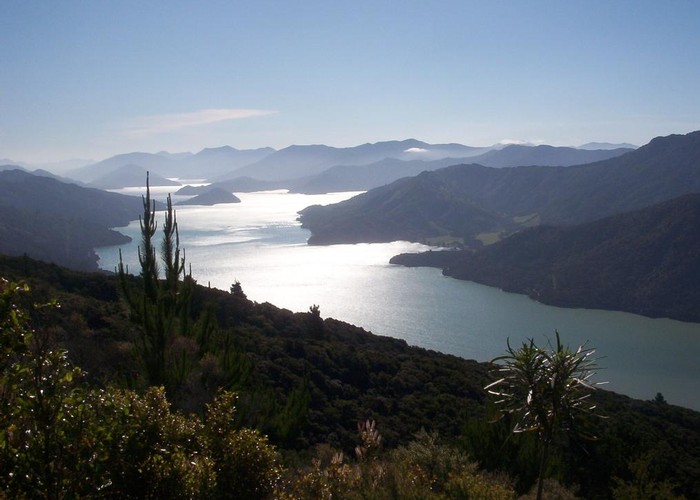New Zealand has a strong connection with English explorer Captain James Cook.

While the find may not be confirmed for some time, the speculation that a wreck found recently off the coast of the United States is that of Cook's barque, HM Endeavour, holds great interest for this South Pacific nation.
At last the ship that carried the incredible seaman to this land might have actually been found in Newport Bay, USA - sent to a watery tomb during the American War of Independence.
Cook's connection with New Zealand is part of the fabric of how this nation was formed. How different things might have been today if Dutch explorer Abel Janszoon Tasman had seen fit to step ashore rather than the intrepid British captain.
So, just how is this most famous navigator and explorer remembered here? Critics say one of New Zealand's most historic sites in Gisborne, where Cook came ashore, is a disgrace. Now that Gisborne is a busy port, the memorial and small reserve in this area is relatively overlooked and not even within sight of the sea.
Yet there is another place that remains as idyllic and timeless today as it must have been when Cook sailed into its clear, calm waters in 1770.
That place is Ship Cove in the Marlborough Sounds at the top of the South Island. Here is a scenic and historic reserve known as much for being the start of the Queen Charlotte Track as it is for the great sailor who made it his South Pacific sanctuary over a number of years.
Modern day adventurers such as Southern Wilderness NZ, who offer guided walks along the Queen Charlotte Track, say Ship Cove provides a wonderful living memorial to Captain Cook.
"This place has changed very little over the centuries and when you stand at Ship Cove today, it is not hard to imagine the Endeavour anchored in the bay," says company owner, Steve Gibbons. "Time stands still at a place as beautiful as this," he says.
With just one small man-made memorial to mark its significance in New Zealand history and world sea-faring exploits, the small bay is perhaps one of the most untouched ports of all those Cook once frequented. Surrounded on all sides by native bush (plenty of good strong timbers for repairs), a fresh stream, ample bird life and sea life, one does not have to wonder for long why it held such appeal to the seafarer.
The Marlborough Sounds with its labyrinth of coves, inlets and sheltered bays has become a haven for people New Zealand-wide and the world over in the search for solitude, wilderness, adventure and pure relaxation.
So it was for a weary Captain Cook in January 1770 when he stumbled across Ship Cove while making his way down the west coast of New Zealand's North Island.
He is heralded as the first European to have sailed into the Marlborough Sounds proper. In January 1770 after many months at sea, men and ship wary, he sailed into what is now known as Ship Cove in the outer reaches of Queen Charlotte Sound. Having found the going heavy, sailing south through wild seas, on January 16, 1770 he found shelter in "a very snug cove" in the great bay Tasman had sketchily charted on his earlier visit.
"We found a fine stream of excellent water and as to wood, the land here is one entire forest. Having the Saine with us, we made a few hauls and caught 300 pound weight of different sorts of fish," say his early journals.
It was here he also found a native plant (Lepidium Oleraceum) which along with a beer brewed from young rimu branches, produced a good infusion of vitamin C for the crew. Today this is commonly known as Cook's scurvy grass.
It was on January 30, 1770 that Cook climbed to the highest point of the island directly opposite the small bay and claimed the lands and waters surrounding for 'king and country'. He named the waterway Queen Charlotte Sound after the king's consort (George III), Queen Charlotte Sophia. The body of water adjoining the two islands was called Cook Strait.
This small cove was to provide a welcome respite for Cook five times between 1770 and 1777 during his exploration of the South Pacific. Today it still provides a respite of sorts for those hankering for adventures of their own - mainly on two feet walking the popular track.
[This article was written by Southern Wilderness NZ. The company offers a four-day guided walk along the Queen Charlotte Track as well as a one-day guided visit to Ship Cove. More information about Southern Wilderness NZ.]
